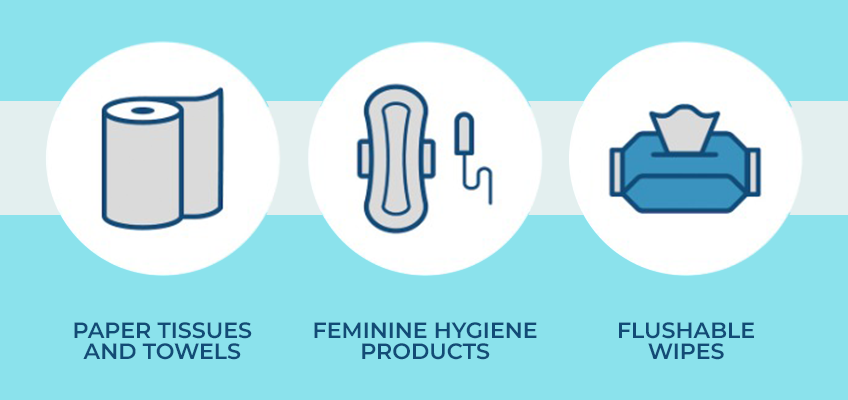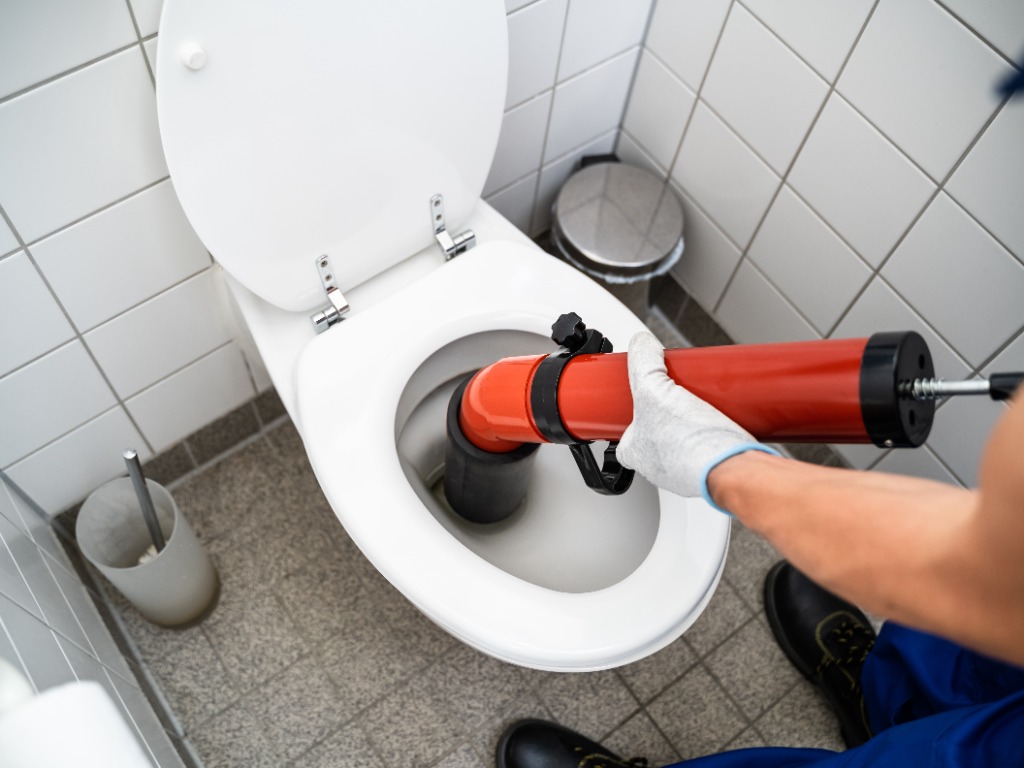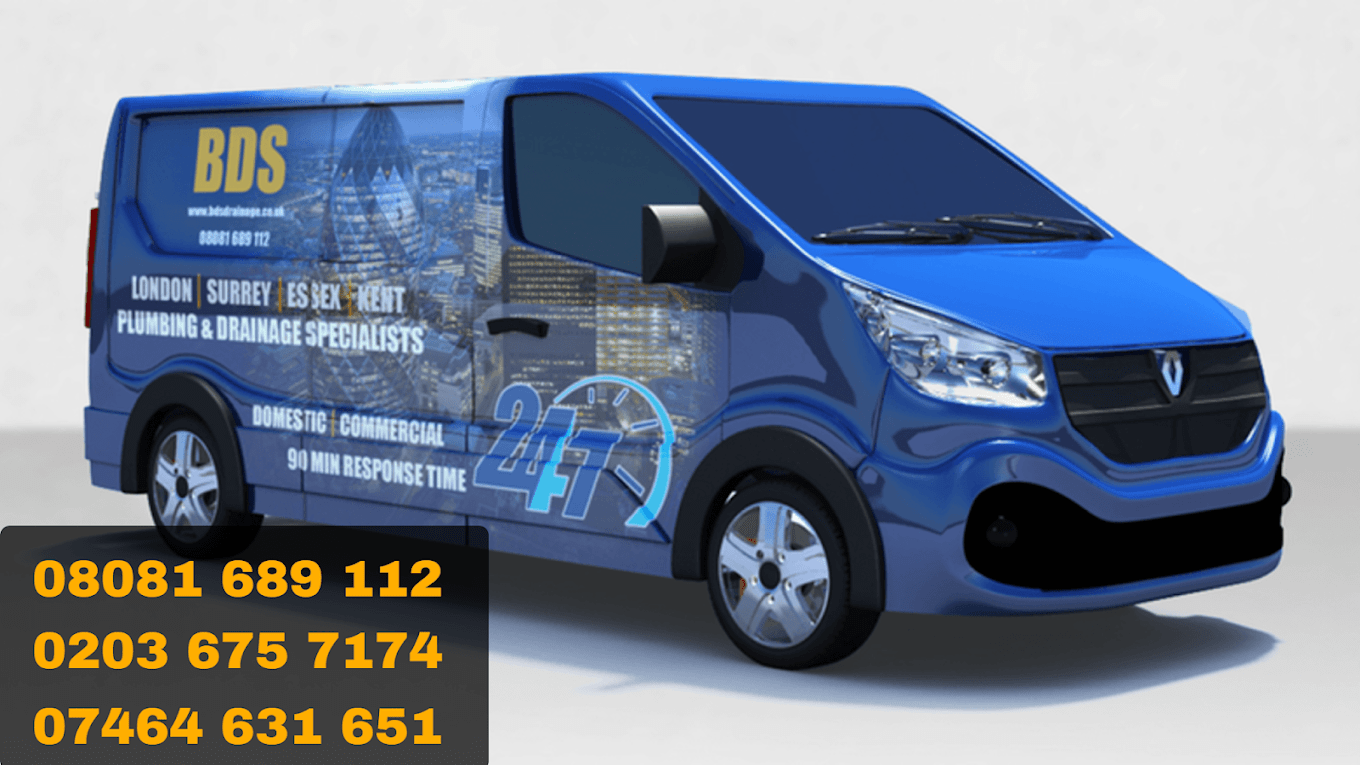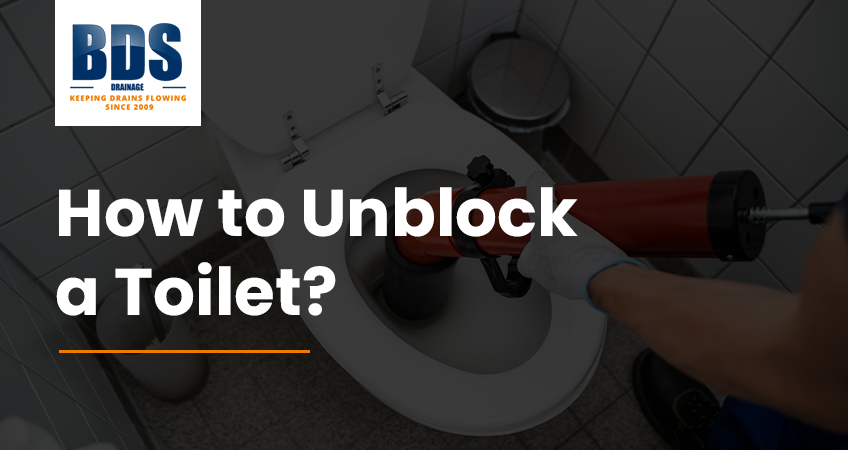A blocked toilet is a common yet inconvenient household issue that every homeowner dreads. It disrupts daily routines and can lead to unpleasant situations if not addressed promptly. Understanding the causes and solutions for a blocked toilet is essential for every homeowner, DIY enthusiast, and anyone faced with this predicament.
This guide will walk you through everything you need to know to diagnose, solve, and prevent toilet blockages effectively.
Understanding the problem
Signs of a blocked toilet
Identifying a blocked toilet early can save you a lot of trouble. Here are some common indicators:
- Water rising in the bowl after flushing.
- Slow drainage or water not draining at all.
- Gurgling sounds from the toilet or nearby drains.
- An unpleasant odour emanating from the toilet or waste pipe.
Our Service – Blocked Toilet Repairs
Common causes of a blocked toilet

Understanding what causes a blocked toilet can help you avoid future problems. Here are some typical culprits:
Too much toilet paper
Excessive toilet paper can easily clog the pipes.
Foreign objects
Items like wipes, sanitary products, toys, or other non-flushable objects can cause blockages.
Tree roots
Over time, tree roots can invade underground pipes, causing significant blockages and requiring professional intervention.
DIY solutions
Step-by-step guide to using a plunger effectively

A plunger is your first line of defence against a blocked toilet. Here’s how to use it effectively:
- Choose the right plunger: A flange plunger, designed specifically for toilets, is more effective than a standard cup plunger.
- Prepare the area: Lay down towels around the toilet to catch any spills.
- Position the plunger: Ensure the plunger flange is correctly fitted into the toilet drain opening.
- Plunge vigorously: Push down and pull up with force for about 15-20 seconds. Ensure the plunger remains submerged in water for optimal suction.
- Test the flush: Once the water drains, try flushing the toilet to check if the blockage is cleared.
Plunger not working? – Call us
Instructions for using a toilet auger
If a plunger doesn’t work, a toilet auger (or plumber’s snake) can reach deeper blockages. Here’s how:
- Insert the auger: Place the auger’s end into the toilet bowl and start pushing it into the drain.
- Crank the handle: Turn the handle clockwise to extend the auger into the pipe. If you feel resistance, you’ve likely reached the blockage.
- Break up the blockage: Maintain a steady pressure as you crank the handle to break up the obstruction.
- Retract and clean: Pull the auger out of the drain and clean it off. Flush the toilet to see if the blockage is cleared.
Toilet auger not working? – Call us
Exploring the use of baking soda and vinegar as a natural remedy

For minor clogs, a baking soda and vinegar mix can act as a natural cleaner and unblocking agent:
- Pour boiling water: Carefully pour boiling hot water into the toilet bowl to loosen the blockage.
- Add baking soda: Pour between half a cup and one cup (125 – 250g) of baking soda directly into the toilet.
- Add vinegar: Slowly pour one cup of vinegar (125ml) into the toilet. The mixture will create a chemical reaction and fizz up.
- Wait and flush: Allow the solution to sit for 30 minutes, then flush the toilet with water from the hot tap. Repeat if necessary.
Natural ways not working? – Call us
Other methods
Above are the most common and effective means of clearing blocked toilets. However, there are some alternative methods that you can attempt.
Use a wire coat hanger – If you’re confident that the blockage is in the U-bend section of the waste pipe, then you may be able to clear it by re-appropriating a wire coat hanger as a makeshift hook to pull the blockage out. Just be prepared for some unpleasant surprises.
Use a wet dry vacuum cleaner – Should you have the advantage of having access to a wet dry vacuum cleaner, then you can use it to effectively remove some toilet blockages and save yourself the exertion that comes with relying on a plunger.
Use washing powder – Many people report success through the use of washing powder. It’s believed that the enzymes in the powder can break up organic matter. All you have to do is pour some powder into the toilet bowl, let it sit for a while, and follow up with hot water, however, it may take a few attempts before you see any results.
Washing up liquid – The same goes for washing liquid as washing powder, simply pour a healthy amount into the bowl, let it sit for around 30 mins, scrub with a toilet brush and then flush.
When to call a professional

Indications that the blockage may require professional help
Sometimes, DIY methods may not suffice when it comes to clearing a clogged toilet and you’ll need professional assistance.
Indicators include:
- Persistent blockages despite multiple DIY attempts.
- Water backing up into sinks, showers, or other drains.
- Visible sewage backup around the home.
- Strange noises or smells coming from your plumbing.
The importance of timely intervention to prevent further damage
Ignoring a blocked toilet can lead to severe problems like water damage, mould growth, and extensive plumbing repairs. Calling a professional ensures the blockage is dealt with promptly and effectively, preventing potential property damage and costly repairs.
Preventative measures
Tips on how to prevent future blockages
Preventing toilet blockages is easier than dealing with them. Here are some tips:
- Flush only toilet-friendly items: Avoid flushing wet wipes, sanitary towels, and other non-biodegradable items.
- Moderate toilet paper use: Use an appropriate amount of toilet paper and consider flushing more than once if needed.
- Regular maintenance: Schedule annual plumbing check-ups to catch potential issues before they become major problems.
- Install child locks: If you have young children, consider installing child locks on the toilet lid to prevent them from flushing foreign objects.
Conclusion
Knowing how to unblock a toilet is an invaluable skill for any homeowner or DIY enthusiast. By recognising the signs of a blockage, understanding its causes, and applying effective DIY solutions, you can tackle this common household issue with confidence.
However, don’t hesitate to call in professionals when necessary, and always take preventative measures to maintain a smoothly running toilet system.
Expert help from BDS Drainage
When DIY methods fall short, BDS Drainage is here to help. With extensive experience in handling all types of drainage issues, our team of experts provides reliable and efficient solutions to ensure your plumbing system runs flawlessly.
- Experienced professionals: Our technicians are highly trained and experienced in dealing with complex blockages.
- State-of-the-art equipment: We use advanced tools and techniques to identify and resolve issues quickly and effectively.
- Customer satisfaction: We pride ourselves on delivering top-notch customer service and ensuring complete satisfaction.
Don’t let a blocked toilet disrupt your life. Contact BDS Drainage today for expert assistance and peace of mind.

